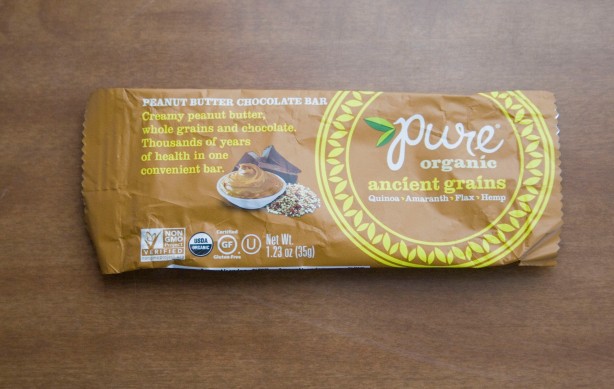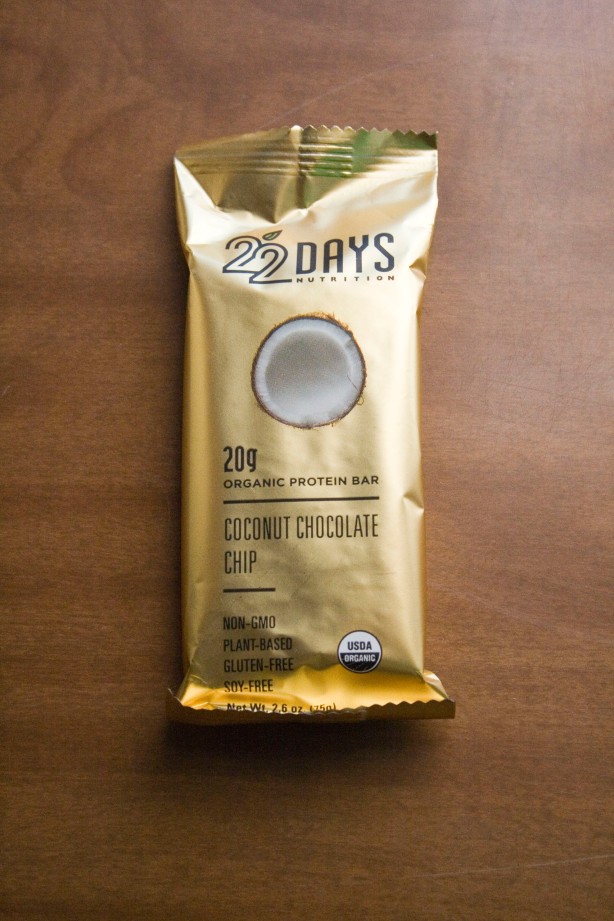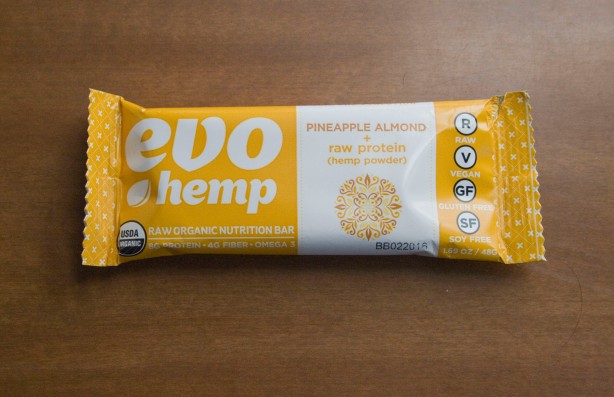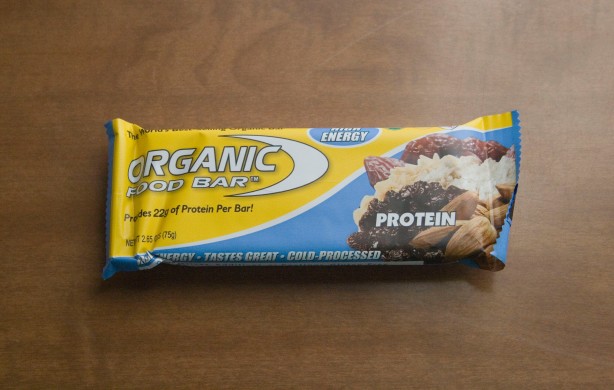This post is in response to the inquires I have received from interested parties who saw one of my comments on my friend Cyclelicious‘ blog about this same topic, where I told my story in brief. Here is the longer story. Richard (Cyclelicious) is an amazing cyclist to ride with and showed me many of the awesome trails around San Jose I mention in this post, he is a long-time cyclist who knows how to respect the rules of the road and is a wealth of knowledge on everything bicycle related. Without further introduction, here is my story about being cited for running a red light on my bicycle.
No one is perfect, especially when rushing to work. I was riding my bike to work a few years ago and I came to a turn with a pack of several cars and the yellow light quickly turned on us to red light mid-turn. A couple blocks later, while traveling with the same gridlock of cars, we came to another yellow light which I rode through as it turned to red on the pack of us. At this point a motorcycle officer stopped me on my bicycle, rather than any of the cars which were doing the exact same things I was, yet posing far more of a safety hazard (by being cars, a potentially lethal weapon). I politely took my lumps, as yes I did enter a yellow light which quickly turned to a red light, because I felt it was safe to do so since the intersection was entirely gridlocked with cars, reducing their killing potential to very near zero. There is nothing to be gained by being rude to a police officer, no matter how tempting it may seem to an adrenaline rattled brain, being cordial and asserting your rights will always get you further than verbal attacks. A good tip is to write down everything that the citing officer says to you, including their name and badge number. You want to know who they are in case there are any errors on your citation, as I suspected with mine. Focusing on writing can also be a great way to calm down a potentially inflammatory situation, as police encounters often can be.
While he was citing me, I asked the officer why the government doesn’t provide information for bicyclists at the DMV and other government offices, letting cyclists know their rights and how laws apply to them. I pointed out how the DMV already does this for both cars and motorcyclists. He retorted that ‘all cyclists choose to be cyclists because they don’t like dealing with the government.’ While I did not take issue with being cited, I did take issue with his threat to add a point to my drivers license for activity taken on a bicycle, after he pointed out that cyclists do not need a drivers license to operate bicycles. It was an interesting sort of Catch 22 logic he was attempting to apply, where I was being meted out a harsher punishment just because I was a bicyclist who also possessed a drivers license. Later on, during my research and in court with the officer when we appeared before a judge, I learned just how absurd his threat was, and thankfully I was prepared to show it for the ridiculousness is was.
My Legal Reasoning
A Caveat: I am not a lawyer, nor have I ever gone to law school. At best, my political science degree counts as a pre-law degree, but it does not empower me to offer legal advice in any meaningful way like a lawyer can. If you are in the middle of a serious legal situation you should contact a lawyer rather than reading a blog.
As someone who spent years on the speech and debate team in college, I learned that a great approach is attacking an argument from multiple fronts in order to fully deconstruct it and force the other side to rebuild it from the pieces. With a limited amount of time before a judge, either in a debate or in a courtroom, this can be a very effective strategy to destabilize even well-prepared opposition teams. I always strive to have one main argument that is undeniably solid, followed up with supporting arguments that are mostly there to provide cover for that main attack. In this case I actually had two main avenues of attack, one was a bureaucratic maneuver, which had it been effective would have shut the entire process down; I highly encourage the use of bureaucracy in your favor since it hardly ever is.
Main Argument 1: Bureaucracy
The officer cited me for a turning on a red light violation, yet he stopped me at a point where, if anything, I had ran a red light while going straight, not turning. He never clarified what I was being cited for, or how long he had been watching me. While I was presumably being stopped for one thing, I was cited for something different, a slight technicality I thought I could exploit to get the case tossed out because the officer wrote down a C instead of an A or a B. Unfortunately for me, my presumption was wrong and the only opportunity I got to ask for clarification was in court. My advice to you is to ask as many clarifying questions as you can of the citing officer when they are citing you, and write down their responses. Try to get exact quotes.
Main Argument 2: Public Safety
I don’t like to put all my eggs in one basket when using a bureaucratic maneuver and I hedged my bet on the much stronger argument, one grounded in protecting public safety. Cars are unarguably more dangerous than bicycles, so to apply the same penalties to a bicyclist as a car is a punishment disproportionate to the crime and a reflection of poor options existing to law enforcement in terms of citing cyclists. I fully owned my fault in the matter in court and offered to take a smaller fine, more true to the offense and one that would not put a point on my license.
To support this argument I read over the entirety of the California Vehicle Code which applied to my case, and parsed it for all mentions of “operators of bicycles,” “drivers of vehicles,” and “pedestrians.” There is a clear distinction between these groups under state law, with different rights granted to and regulations imposed on each group. The portion of state law I was cited for, section 21453C, is worded to apply only to cars, not bikes. It is important to know what you are being cited for, don’t lose that piece of paper the officer gives you when you are stopped, that is your citation and it is your way to find out more information to fight that ticket. I have successfully fought multiple traffic tickets while driving a car, as well as this one one my bicycle; you’d be surprised how often police officers don’t know the specifics of how a law actually applies in practice. You will need to find out what that section of law you are being cited for actually says; I was once cited for something that was so laughably inaccurate the officer did not even show up for court, but he still wasted my time coming to court to hear that my case was thrown out (still, good news). While there is a space for notes on the citation, mine did not contain any regarding how I was on a bicycle, which I worried could become a headache for insurance rates, as there was no actual proof I was riding a bike in the initial citation, merely the court record.
To support my interpretation of state law that a safety difference exists between cars driving on roads and a bicycle being ridden, I did research to see if my hypothesis was correct, and upon reading the available information on car vs. bike safety I was confident that cars are definitely more dangerous than bicycles. According to the Centers for Disease Control, the governmental agency responsible for tracking how many Americans are killed and how they are killed, cars killed nearly 34,000 people in the US in 2013 (around 92 people every day); nearly a thousand of those yearly deaths are due specifically to cars running red lights. In 2013, 743 bicyclists lose their lives to cars in vehicle collisions, roughly 2 a day nationally; four of them were killed in San Francisco. In my research, I only came across two cases in San Francisco where cyclists fatally killed pedestrians, whereas in the same time period in the same area, dozens of cyclists lost their lives due to cars reckless driving. Compared to the deaths caused by cars, those caused by bikes are so few that the CDC doesn’t even have information on it (though they have plenty about bicycle safety). Everything was proving my theory that bicycles were safer than cars to be true, including a New York Times Op-Ed which found that “studies performed in Arizona, Minnesota and Hawaii suggest that drivers are at fault in more than half of cycling fatalities.”
Supporting Argument 1: Other Cities Have Options for a Pointless-Citation
Since my major issue was the point being placed on my license, I looked up how different cities handled a bicycle running a red light. This allowed me to see the spectrum of potential punishments I could propose as better alternatives than what the officer was proposing. At the end of the day, a citation is nothing more than a suggestion of illegal activity, which it is up to the court to determine based off the officer’s testimony, radar readings, and other evidence. Innocent until proven guilty is still alive and well (for now).
When I went to court I looked up information by the SF Bicycle Coalition, about San Francisco’s laws, which recently changed dramatically in how they are enforced. At the time, a failure to stop for a stop sign citation cost between $100 and $200 for a violation on a bicycle and $200 to $300 for a violation in a motor vehicle. A failure to stop for a red light cost bikes roughly the same amount, $175. This was a much fairer system than what was proposed to me in San Jose and San Francisco is a city which which recognizes the different risk factors that bikes and cars present in their laws.At the time, Philadelphia had a $100 fine for cyclists who ran red lights, which was the lowest fine I could find anywhere. The link I used as reference now appears to be broken of offline, I will update this if it changes. The point is, you should research other cities and see what their laws are because chances are you can find somewhere with more favorable laws to your case.
Supporting Argument 2: Legal Bias
There is a known bias against cyclists by police officers and by courts, and I worked hard to provide evidence of this to the court. The story of Amelie Le Moullac is a prime example of this, where the cyclist was assumed to be at fault for the collision which killed her, until video evidence could be obtained showing she was not at fault. Had the SF Bicycle Coalition not done extensive work on her behalf no one would know the real story. Not all crash victims have this luxury, so in most cases people go on believing the myth of the suicide swerve, where a cyclist inexplicably rides in front of a car and is killed.
In my case, when I asked the officer why the DMV, or some other government agency, doesn’t provide information to cyclists on their legal rights, like they do for cars and motorcycles, instead of giving me an actual answer, the citing officer made a remark about how ‘all cyclists choose to be cyclists because they don’t like dealing with the government.’ The way this comment was delivered reflected in him a view that cyclists were anti-government hooligans who should be punished for being outlaws not registered with the DMV. Amelie’s death led SF Supervisor Jane Kim to call for a hearing on police practices in how they investigate bicyclist fatalities. New York bicyclists point to an apparent 3-1 discrepancy in how many summonses were issues to truck operators versus bicycles, “In 2011, the NYPD issued 10,415 criminal court summonses to truck operators. During the same year, 34,813 summonses were issued to bicyclists.” Another manifestation of this bias was made clear in an investigation by the San Francisco Examiner, which found that “Motorists who strike and kill a pedestrian or bicycle rider in San Francisco have about a 30 percent chance of getting charged with a crime.”
The legal bias against bicyclists can take a myriad of other forms as well, but these were the three I opted to focus on for my case.
More Advice:
In addition to preparing your argument to deliver in court it can be helpful to send a letter to the court beforehand explaining your case and legal reasons. I did this in the hopes that the judge would see the merits in my arguments and throw it out in favor of issuing me a citation in the mail; most local governments have limited budgets and I was trying to save them resources and save myself time. I forget where I originally got the idea for this, I believe it was the advice of a lawyer friend of mine. Another piece of advice I got from a lawyer is to play dirty, and stall the trial as long as you can, rescheduling it at the last minute if possible; hopefully the officer will already have taken the day off and wont be able to change his schedule in time. Though I did try this tactic it did not help in my case, he still showed up and we had our battle of wits in court; if nothing else, I did greatly appreciate the extra time to prepare my case.
Do Your Research:
Nearly everything in this post and my sample letter only applies to cyclists in California, since it uses the California vehicle code, much of it is only relevant to Bay Area cyclists. While some of my findings may be useful for you in your case you need to do your own research to see what the law actually says in your area, even in California local laws can very radically from one city to another. The good news is that public documents, like laws, need to be publicly available online, and if you know where to look and how to look they aren’t terribly difficult to navigate. If this is a very important case (like Biking Under the Influence) now is when you want to step away from this blog and contact any lawyer you know and see if they know someone who specializes in those types of cases. A random blog on the Internet is never meant to replace the legal counsel of a barred lawyer, which I am not.
Follow Up Links:
My letter mentions Amelie Le Moullac, a cyclist who was killed in San Francisco, you can find out more about her story here. There also is Josh Alper in Santa Cruz, Bahram Saghari a former professor at Santa Clara University who is now dead from injuries sustained when an SUV cut him off, and thousands of others who die every single year.
My letter also mentioned the case of Chris Bucchere, the cyclist in San Francisco who fatally struck and killed a 71 year old man who was legally crossing the street in a crosswalk when the light abruptly changed to yellow and the cyclist was going down a large hill with too much momentum to stop. This story has two telling points, the first is that just because you can go a certain speed on a bike or a car, doesn’t always mean you should. The second is that cities need better civic planning to account for situations like this, I am a huge fan of the web of bike trails and wide bike lanes I found all over San Jose (where I was cited).








